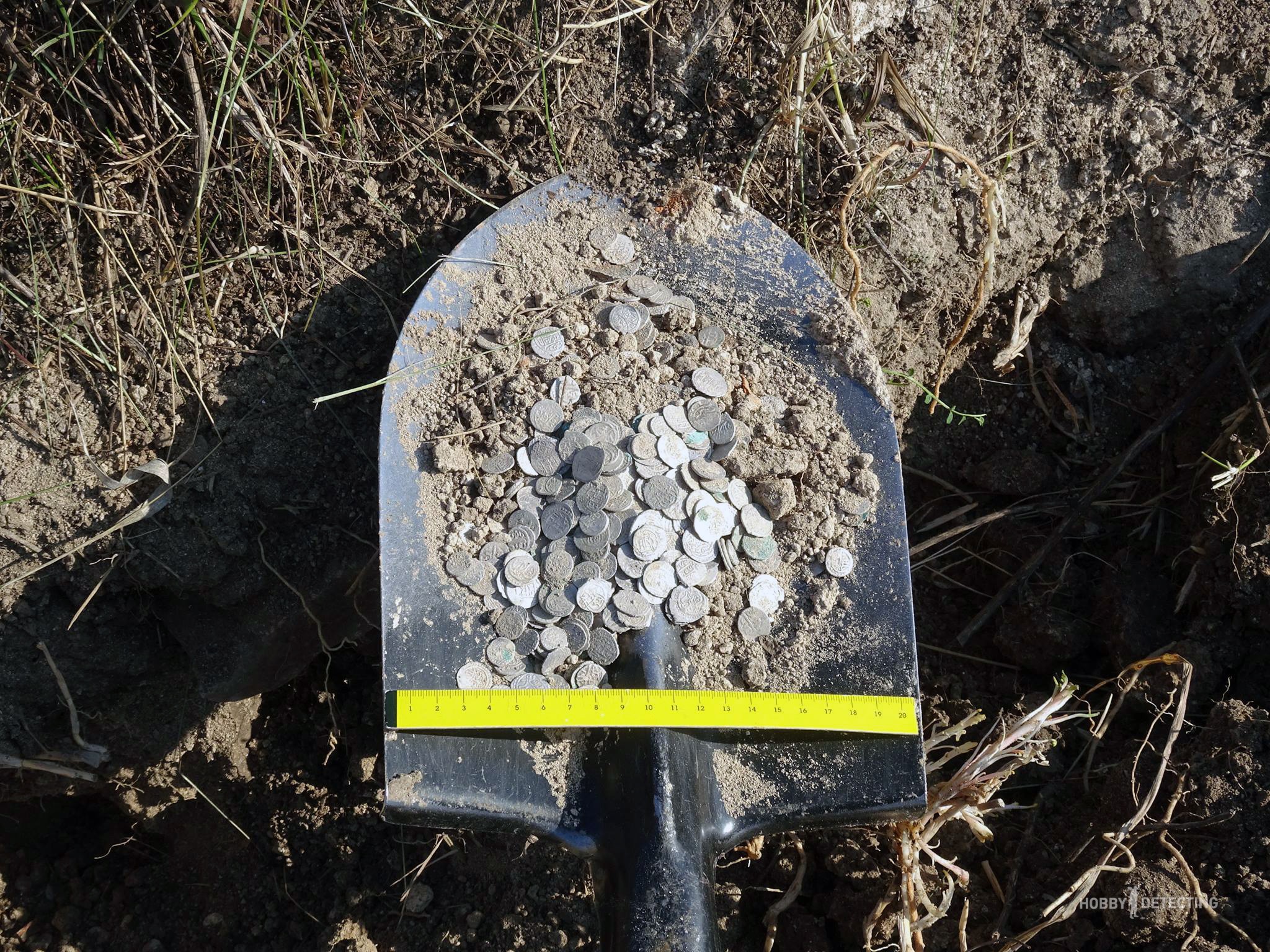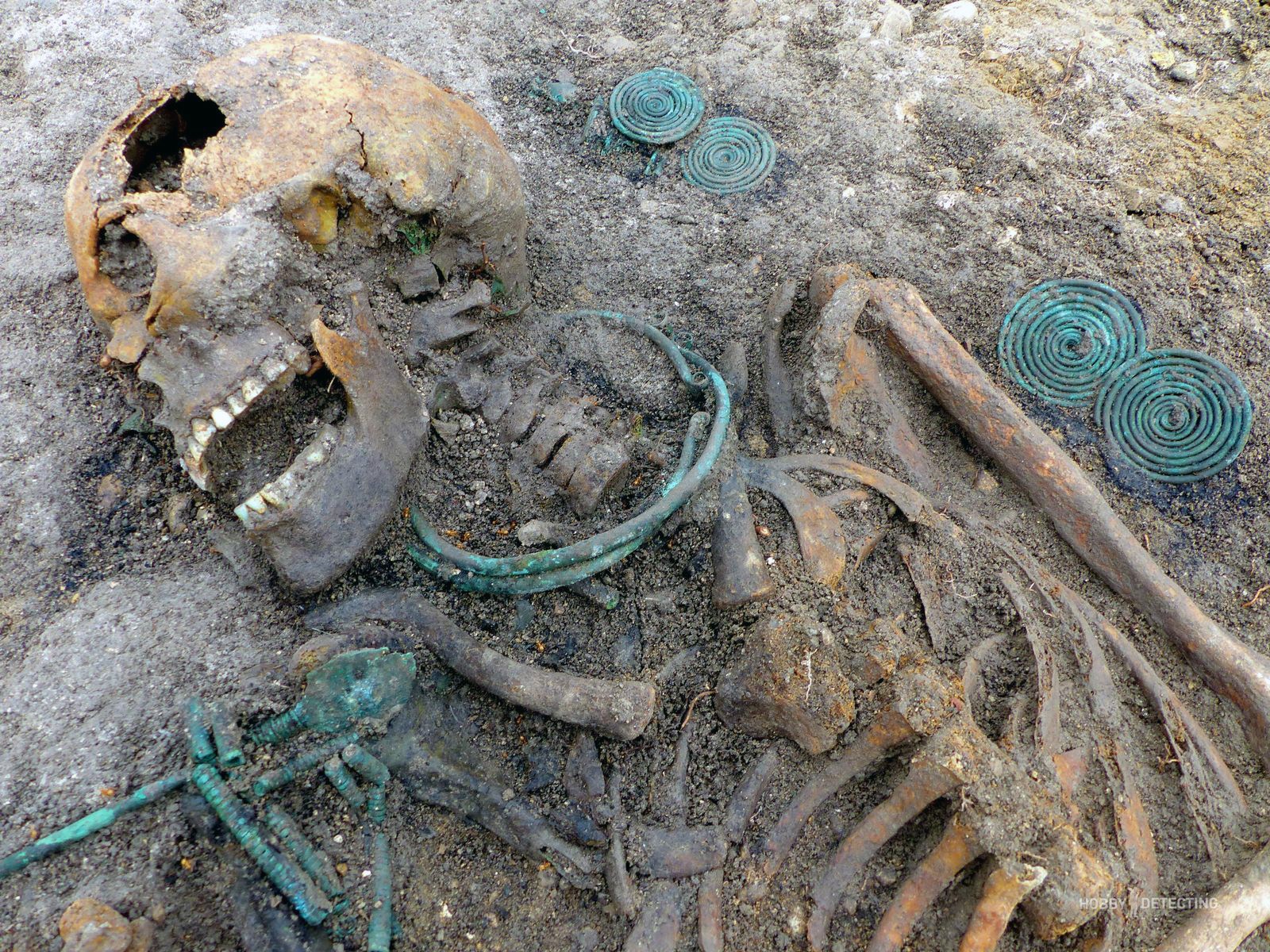Why police are reluctant to investigate cases of black archaeologists. Analysis of the existing law
Good mood to you, dear readers of our blog.
To understand the topic of this note, I want to immediately place emphasis. There are lovers of instrument search that treat their hobby as a hobby. The goal of which is coins in plowed fields and village gardens. And there are professional gangs of black archaeologists who commit crimes against the archaeological heritage of our country. These are people who deliberately search for and excavate archaeological sites in order to replenish their collection or to sell the artifacts they find and receive specific material benefits.
So, as judicial practice shows, in the 8 years since the harsh Article 243.2 of the Criminal Code of the Russian Federation on punishment for the destruction of a cultural layer was adopted. During this period of time, real trials of real organized groups of black archaeologists can only be counted at no more than FIVE. At the same time, the problem of real black archeology is becoming more and more complex every year.

So what is the essence of the current situation? And, I decided to look into this. It is very interesting to read news publications with speeches by prominent archaeologists over the past 10 years. So, 10 years ago, the archaeological community unanimously stated that the problem of black archaeologists and their activism lies in the complete impunity of their actions. That the existing legislation is not enough to bring coal to justice for crimes against archaeological monuments.
Okay, deputies of the State Duma of the Russian Federation heard the archaeologists and adopted a very tough and understandable law. Now, for the search and or seizure of archaeological objects with associated destruction of the cultural layer, citizens of the Russian Federation can receive up to 6 years of criminal punishment. But something didn’t go as expected. Because there are more and more facts of destruction of archaeological monuments every year.
And, recently, more and more often you can hear and read statements from archaeologists that in this situation… Who is to blame??? That’s right, law enforcement officers.
“But recently it has become obvious that law enforcement agencies are not very aggressive in using legal norms to protect archaeological heritage, and robbery has picked up again. We constantly encounter traces of it on the monuments where we carry out work.” This is a quote from an interview with Parliamentary Gazette by Nikolai Makarov, director of the Institute of Archeology of the Russian Academy of Sciences, Academician of the Russian Academy of Sciences.
Is this so??? What exactly is wrong in this situation? And who is really to blame??? Let’s figure it out.
Why are there so few cases of black archaeologists that actually went to court? Because cases fall apart at the investigation stage due to huge gaps in legislative concepts. The main concepts in the criminal article that must be applied to black archaeologists are: Archaeological object, cultural layer, destruction of the cultural layer and traces of human existence over 100 years old. Looking ahead, I will say that none of these concepts have a clear legal definition.

An archaeological item. This is an item obtained (identified) during archaeological work, or by the main source of information< /strong> about which are archaeological excavations. What is source of information? This provision of the law was written under the promise of archaeologists that the “Unified Register of Archaeological Objects of the Russian Federation” would be published in a little while. There is no register. Therefore, at the moment, archaeological objects are things found within the boundaries of an archaeological site. Due to the lack of this register, it is impossible by law to block the sale of archaeological objects at online auctions. Real archaeological objects, from real archaeological complexes. No, some coins, buttons with crosses from the 19th century.
Who should make this register??? Well, definitely not the police.

Traces of human existence in past eras.This is a topic that no one understands AT ALL. Many people are mistakenly mistaken that traces of human existence are something material (coins, for example). In fact, no one knows what it is, not even the archaeologists themselves. There is not a single scientific, legislative or near-legislative definition of what it is. However, this concept is spelled out in the criminal article as the main definition of the cultural layer.
Who should define the term??? Well, definitely not the police.

Cultural layer.Nobody knows what it is and where to look for it. Because there is no methodology or procedure for identifying the cultural layer developed and approved by the relevant department. To make it clear. There are clear and prescribed rules for identifying cultural heritage objects. There are dozens of pages of definitions, rules, and legally established actions. There are clear and prescribed rules for identifying archaeological objects. There are also dozens of pages of definitions, rules, and legally established actions. However, there is not a single proposal or just a mention of how, who and on what grounds has the right to indicate that there is a cultural layer here, but there is none there.
Who should develop these rules??? Well, definitely not the police.
Destruction of a cultural layer. If we literally understand the provisions of criminal article 243.2 of the Criminal Code of the Russian Federation, then a criminal offense is not the search and seizure of archaeological objects, but the actions that led to destruction of the cultural layer. However, what is the destruction of a cultural layer, what does it look like, and how to calculate the amount of damage, since, again, no one knows the material elements of the crime.
Who should define the term??? Well, definitely not the police.

So it turns out that, no matter the opportunity, archaeologists and their sympathizers are ready to blame anyone for the problem of black archaeologists and the destruction of archaeological sites. But the problem does not go away and does not resolve itself.
